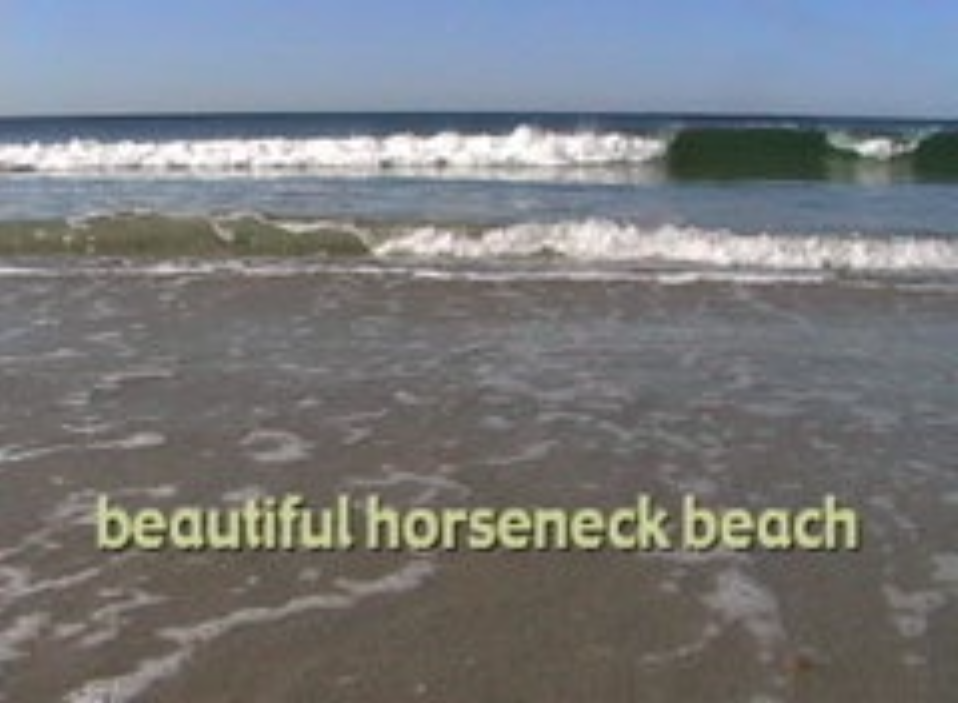This past year at First Unitarian in New Bedford, we gave the book Hide and Seek with God to every Sunday school family with children aged 5 to 8. Hide and Seek with God has twenty or so stories that present the concept of God from a variety of vantage points — feminist vantage points, non-Western vantage points, earth-centered vantage points, as well as various Western Christian (usually heretical Christian) vantage points. Having this book in the home proved to be very helpful to families, as they figure out how to engage in nuanced talk about religion with their children while immersed in a culture that doesn’t value nuanced talk about religion.
In looking for a new book to send home with families for this year, I came across Meet Jesus: The Life and Lessons of a Beloved Teacher, written by Lynn Tuttle Gunney, and published by Skinner House, the Unitarian Universalist denominational publishing house. It may turn out to be the book we send home this year.
As the subtitle implies, Gunney emphasizes the life and the teaching of Jesus of Nazareth. Jesus’s crucifixion and death take up only two pages out of the first twenty-two pages. Most of the text on those twenty-two pages simply tells the story of Jesus’s life, interspersed with examples of his teachings. We get two parables:– the parable of the Good Samaritan, and the parable of the lost sheep. We get some other teachings:– a snippet from the Sermon on the Mount, and of course the Golden Rule.
On page 23, we get a short summary of how different people interpret Jesus’s death, in the form of: “Some people say… [but] Some people say….” When reading this book for the intended age group, parents (and Sunday school teachers) will want to be ready to say say, “We believe that…” — and then either pick one of the options in the book, or present yet another option. Children aged 4-8 tend to be concrete thinkers, and they don’t particularly want to hear adults hemming and hawing about theological abstractions.
The prose is clear, uncluttered, and straightforward — perfect for children in preschool and up. In fact, the prose is good enough that I would feel comfortable using excerpts from this book in a worship service. The illustrations are fine, particularly for younger children.
The book is good enough that I will show it to our new Director of Religious Education, and if she approves we will find the money to send it out to every Sunday school family with children aged 4-8. My only complaint is that the book is pretty short, too short to satisfy a family for a whole year.

